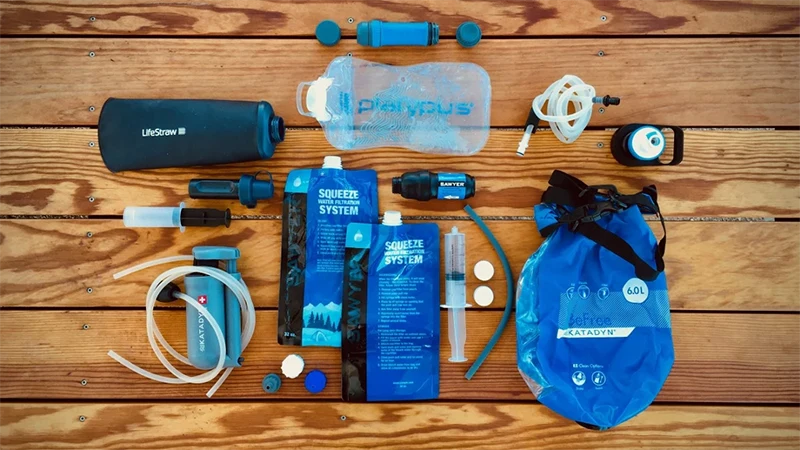

Best Hydration Bladders of 2023
Stay hydrated on the go with our round-up of the best hydration reservoirs of the year
Whether we’re hiking, biking, running, or climbing, on-the-go hydration is an essential part of our kit. There’s simply no better way to encourage drinking consistently during activity, which is vital to performance and enjoyment (after bonking one too many times, we’ve certainly learned this the hard way). You can use a water bottle stuffed into a backpack pocket or mounted on a bike frame, and many runners like to drink from soft flasks, but in our opinion, nothing matches the convenience of a hydration reservoir. Below we break down the best hydration bladders of 2023, ranging from ultralight and packable models to fully featured reservoirs and insulated designs. For more, see our comparison table and buying advice below the picks.
Our Team's Hydration Bladder Picks
- Best Overall Hydration Bladder: Osprey Hydraulics 3L
- Best Durable/Insulated Hydration Bladder: HydraPak HydraSleeve 3L
- Best Ultralight and Packable Hydration Bladder: HydraPak Shape-Shift 2L
- A Versatile and High-Capacity Hydration Reservoir: MSR DromLite Bag 4L
- Best Budget Hydration Bladder: HydraPak Cenote 2L
Read more details on the best hydration bladder packs, written by Jenny Abegg here.
From the Squad
Campfire conversations with our community, from Squad Members and Ambassadors to Brand Partners and the Sawyer team.

















